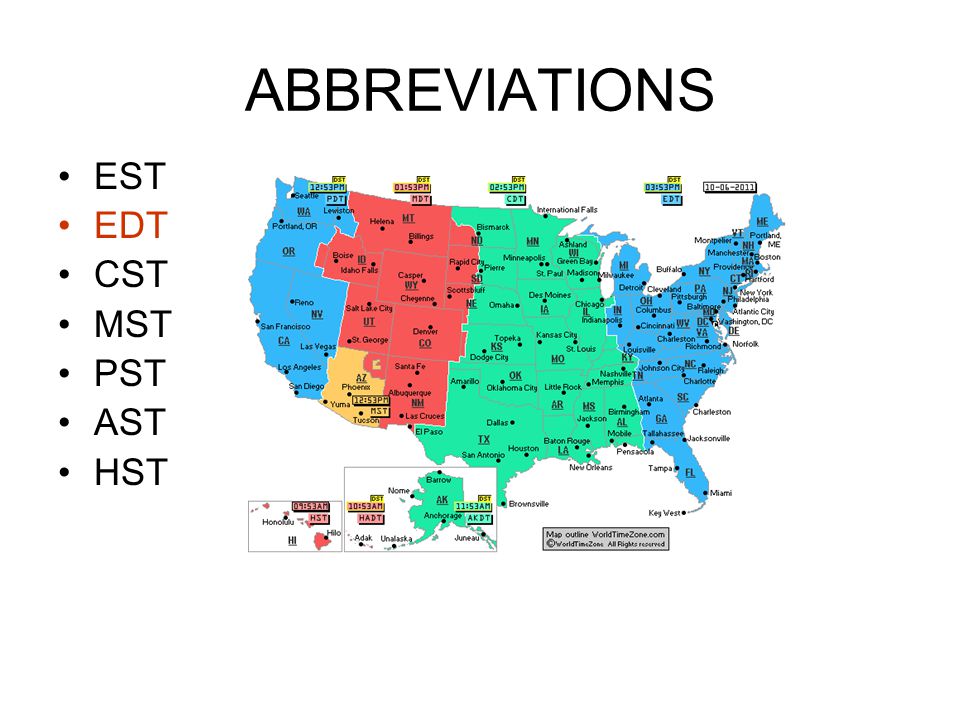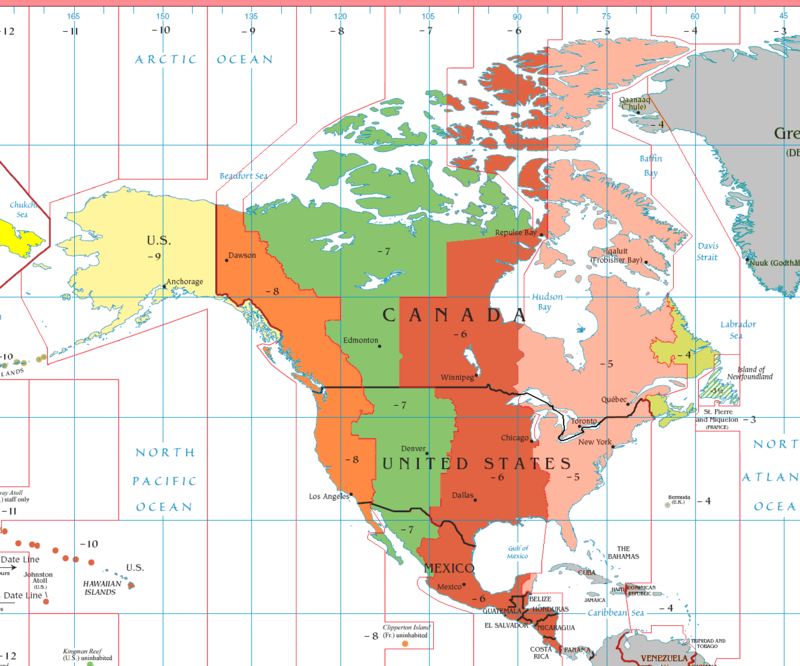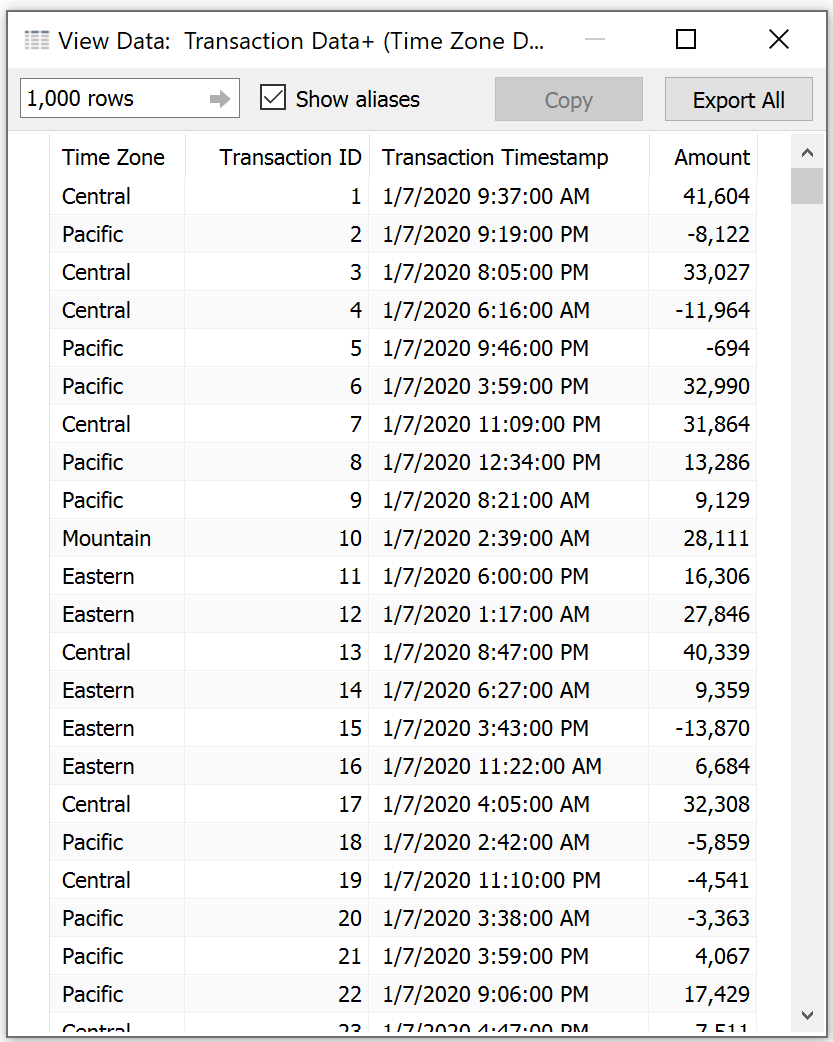Ever wondered what time it is on the West Coast when it's 9 AM in Chicago? Don't worry, you're not alone! Converting time zones can be confusing, especially when you're juggling between CST and PST. Whether you're planning a call with a client in Los Angeles or coordinating with friends in California, understanding the difference between Central Standard Time (CST) and Pacific Standard Time (PST) is crucial. In this guide, we'll break down everything you need to know about converting 9 AM CST to PST.
Let's face it, time zones can feel like a puzzle sometimes. But don't panic! We've got your back. This article isn't just about telling you that 9 AM CST equals 7 AM PST. No way, Jose! We're diving deep into the nitty-gritty of time zones, their history, and why they matter. Think of it as a crash course on time zone conversion, but way more fun and way less boring.
By the end of this read, you'll be a time zone wizard, ready to impress your friends and colleagues with your newfound knowledge. So, grab a cup of coffee, sit back, and let's unravel the mystery of 9 AM CST to PST together. Trust me, this is gonna be good!
Read also:George And Amal Clooney Shine At Omega 50th Anniversary Event
Understanding Time Zones: CST vs PST
First things first, let's get our heads around what CST and PST actually mean. Central Standard Time (CST) and Pacific Standard Time (PST) are two of the major time zones in the United States. They're like siblings, but with a two-hour difference. CST is two hours ahead of PST, which means when it's 9 AM in Chicago, it's 7 AM in Los Angeles. Simple, right?
But wait, there's more! Time zones weren't always this straightforward. Back in the day, before trains and telegraphs, each town pretty much set its own time based on the position of the sun. It was chaotic, to say the least. The standardized time zones we know today weren't officially established until 1883, and even then, it took some time for everyone to get on board.
Why Do Time Zones Matter?
Time zones matter for a bunch of reasons. For one, they help us coordinate activities across different regions. Imagine trying to schedule a meeting with someone in New York if you're in California without a common understanding of time. It would be a total disaster! Time zones also play a big role in global commerce, travel, and communication. They're kind of a big deal, if you ask me.
Here's a quick breakdown of why time zones are important:
- Facilitates global communication
- Helps in scheduling events
- Supports international trade
- Improves travel coordination
Converting 9 AM CST to PST
Alright, let's get to the heart of the matter. If it's 9 AM in Central Standard Time, what time is it in Pacific Standard Time? Drumroll, please... It's 7 AM! Yes, you heard that right. CST is two hours ahead of PST, so when it's 9 AM in Chicago, it's 7 AM in Los Angeles. Easy peasy, lemon squeezy!
But here's the kicker: this conversion only applies during Standard Time. When Daylight Saving Time kicks in, things can get a little tricky. We'll dive deeper into that later, but for now, just remember the two-hour difference.
Read also:Remembering Georgia Engel A Life Of Laughter And Legacy
How to Convert Time Zones Like a Pro
Converting time zones doesn't have to be rocket science. Here's a simple method to help you convert 9 AM CST to PST like a pro:
- Start with the CST time (9 AM)
- Subtract two hours
- Voila! You've got your PST time (7 AM)
And there you have it, folks. A foolproof method to convert time zones without breaking a sweat.
The History of Time Zones
Now that we've got the basics down, let's take a little trip back in time (pun intended) to explore the fascinating history of time zones. Believe it or not, the concept of time zones is relatively new in the grand scheme of things. Before the 19th century, each town and city set its own local time based on the position of the sun. It was a bit of a wild west situation, with no real standardization.
The need for standardized time zones arose with the advent of railroads and telegraphs. As trains began crisscrossing the country, the lack of a unified time system caused all sorts of chaos. Imagine trying to catch a train when every station operates on a different time! The railroads eventually took matters into their own hands and established standardized time zones in 1883. The U.S. government officially adopted these time zones in 1918 with the Standard Time Act.
Fun Facts About Time Zones
Here are some fun facts about time zones that you might not know:
- There are 24 time zones around the world
- Some countries, like China, use a single time zone despite spanning several time zones
- Daylight Saving Time wasn't universally adopted until World War I
Daylight Saving Time: What's the Deal?
Now, let's talk about the elephant in the room: Daylight Saving Time (DST). DST is like the wildcard in the world of time zones. It's a system of adjusting clocks forward by one hour during the warmer months to make better use of natural daylight. While it sounds like a good idea in theory, it can complicate things when it comes to time zone conversion.
During DST, the two-hour difference between CST and PST becomes a one-hour difference. So, if it's 9 AM CST during DST, it's actually 8 AM PST. Confusing, right? But don't worry, most devices automatically adjust for DST, so you don't have to do the math yourself.
Why Do We Even Have Daylight Saving Time?
Daylight Saving Time was originally introduced to conserve energy by reducing the need for artificial lighting during the longer days of summer. While the energy-saving benefits are debated, DST has become a tradition in many parts of the world. Some people love it, others hate it, but one thing's for sure: it definitely adds an extra layer of complexity to time zone conversion.
Common Mistakes in Time Zone Conversion
Even the best of us can make mistakes when converting time zones. Here are some common pitfalls to avoid:
- Forgetting about Daylight Saving Time
- Confusing CST with CDT (Central Daylight Time)
- Not accounting for local time variations
To avoid these mistakes, always double-check the current time zone and whether DST is in effect. It's also a good idea to use a reliable time zone converter or app to ensure accuracy.
Tools for Time Zone Conversion
Thankfully, we live in an age where technology can do the hard work for us. There are plenty of tools and apps available to help you convert time zones with ease. Some popular options include:
- World Time Buddy
- Time Zone Converter by Timeanddate.com
- Google's built-in time zone converter
These tools not only help you convert time zones but also account for DST and local variations, making them invaluable for anyone who deals with time zone differences regularly.
Practical Applications of Time Zone Knowledge
Knowing how to convert time zones isn't just a party trick. It has real-world applications that can make your life easier. Here are a few examples:
- Scheduling international meetings
- Coordinating travel plans
- Staying connected with friends and family in different time zones
Whether you're a business professional, a frequent traveler, or just someone who likes to stay in touch with loved ones, understanding time zones can be a game-changer.
Conclusion: Mastering Time Zone Conversion
So, there you have it, folks. A comprehensive guide to converting 9 AM CST to PST and everything you need to know about time zones. By now, you should be a time zone conversion expert, ready to tackle any time-related challenge that comes your way.
Remember, the key to mastering time zone conversion is practice and patience. Don't be afraid to use tools and apps to help you along the way. And most importantly, never underestimate the power of a well-placed time zone joke. They're a great icebreaker!
Now, it's your turn. Have you got any time zone conversion tips or tricks you'd like to share? Or maybe you've got a story about a time zone mishap? Drop a comment below and let's keep the conversation going. And while you're at it, why not share this article with your friends and colleagues? Who knows, you might just make them a time zone wizard too!
Table of Contents
- 9 AM CST to PST: The Ultimate Guide to Time Zone Conversion
- Understanding Time Zones: CST vs PST
- Why Do Time Zones Matter?
- Converting 9 AM CST to PST
- How to Convert Time Zones Like a Pro
- The History of Time Zones
- Fun Facts About Time Zones
- Daylight Saving Time: What's the Deal?
- Why Do We Even Have Daylight Saving Time?
- Common Mistakes in Time Zone Conversion
- Tools for Time Zone Conversion
- Practical Applications of Time Zone Knowledge
- Conclusion: Mastering Time Zone Conversion


